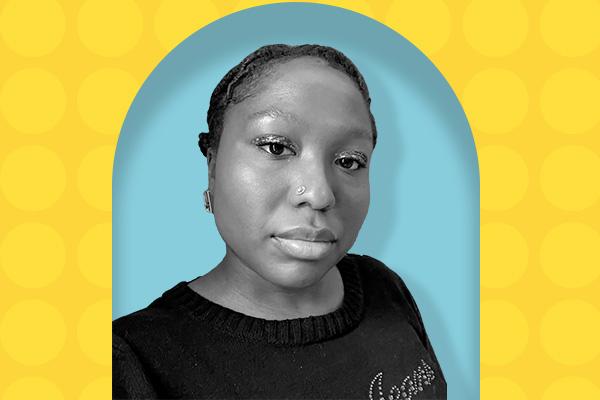In the June issue of Sojourners, climate writer and journalist Iris M. Crawford identifies how some Indigenous nations are finding hope and solidarity through a collaborative solar energy initiative. She spoke with editorial assistant Liz Bierly about Afrofuturism, movement journalism, and what energizes her own work. Read Crawford's story, "Harnessing the Sun to Become Sovereign Again."
This interview has been edited for length and clarity.
Liz Bierly, Sojourners: You got your start in science journalism because of your experience in grassroots climate justice organizing. How do you integrate that [experience] into your writing now?
Iris Crawford: I grew up in New York City, so I experienced Hurricane Sandy back in 2012. When I was an undergraduate student, I got the opportunity to write about climate justice and how it particularly affects Black and brown communities. Pulling from those experiences, being first-generation Guyanese, remembering Hurricane Sandy, and then writing that first story back in my undergrad years solidified that this is something that I kind of enjoy. That led me to my first organizing roles with the NAACP, and then I really got to understand how climate inequality and working toward racial and social justice all sort of intertwine. Through that, I got to learn and meet and build relationships with really great activists and people doing a lot of incredible things that are working to make our world better and more equitable, and I wanted to be able to tell those stories.
Read the Full Article

